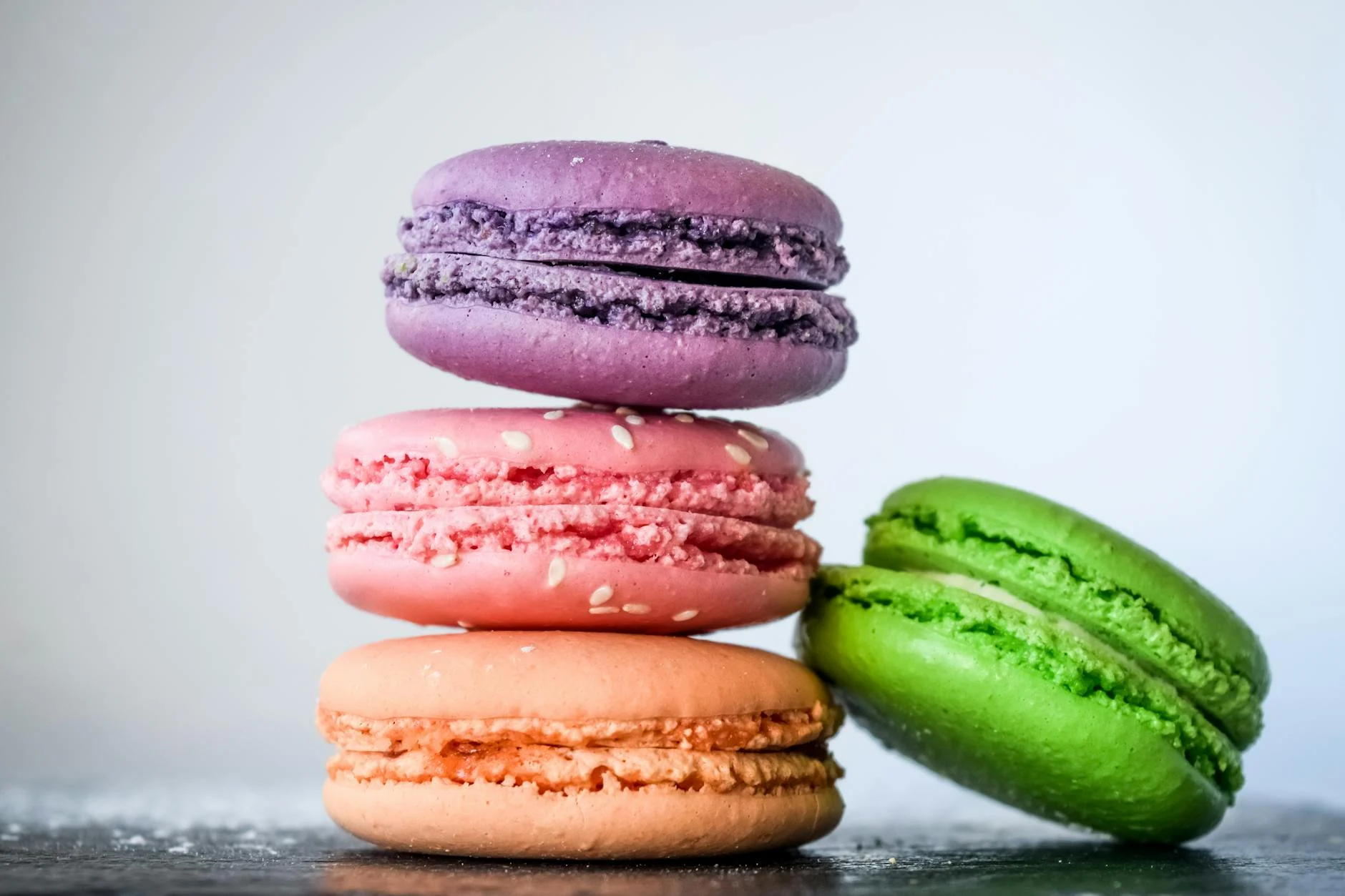Strolling through the city streets, one is greeted by dazzling displays of sweets—seasonal fruit tarts, animal-shaped wagashi, jewel-like jellies, and tiramisu infused with the deep green of matcha. Japanese confections captivate at first glance, but beyond their initial charm lies a quiet sophistication—an elegant fusion of visual artistry and refined flavor.
The global fascination with Japanese sweets can largely be attributed to their extraordinary visual appeal. From intricate designs and delicate seasonal motifs to impeccable color harmony, each piece is crafted with precision. Their Instagram-worthy presentation has made them a top destination for international travelers, many of whom make a sweets café their first stop upon arriving in Japan.
Yet, Japanese sweets are far more than just eye candy. What sets them apart is the perfect equilibrium between aesthetic and taste. In many cultures, visual emphasis often comes at the expense of flavor—but in Japan, these elements are not in competition. Instead, they are designed to complement and elevate each other.
In the world of wagashi, visual elegance is matched by culinary restraint. Made with simple, natural ingredients and often subtly sweet, traditional elements such as smooth koshi-an, textured tsubu-an, or delicate shiro-an are paired with varying textures from kudzu starch or agar. Each sweet is composed with precision, considering everything from how it melts on the tongue to the lingering resonance of its aftertaste.

In the realm of Western confectionery, Japanese pâtissiers have mastered the delicate art of blending traditional French pastry techniques with a uniquely Japanese sensibility. They pursue a refined lightness and subtle sweetness tailored to the local palate—achieving the perfect harmony of moist sponge, silky cream, and a balanced interplay between tartness and sweetness in fresh fruit. Beneath the charming appearance lies the profound craftsmanship of the artisan.
A defining characteristic of Japanese sweets is their deep connection to the seasons. In spring, sakura-themed confections and strawberry Mont Blancs delight; in summer, refreshing treats like crystal-clear mizu manju and vibrant fruit kakigori take center stage. Autumn brings flavors of chestnuts and sweet potatoes, while winter indulges the senses with rich combinations of yuzu and matcha. These seasonal expressions engage not only the taste buds but also the eyes and heart, transforming confectionery into a multisensory art form.
Design, too, plays a pivotal role in the Japanese confectionery experience. From sweets shaped like animals and beloved characters to layered parfaits that tell miniature stories, and chocolate creations reminiscent of fine art—each piece reflects playful imagination underpinned by precision and mastery.
Equally important is the space in which these sweets are enjoyed. Japan’s cafés and patisseries are meticulously curated environments, where every element—from interior decor and dishware to lighting and ambient scent—serves as a stage for the sweets themselves. This immersive approach elevates confectionery from mere dessert to a sophisticated sensory experience.

Many international visitors to Japan have expressed that tasting Japanese sweets fundamentally altered their perception of sweetness. These confections are never overwhelmingly sugary, yet they never feel lacking. The precisely calculated balance and the reverence for natural ingredients evoke a sense of wonder—delicate yet deeply satisfying. Particularly, flavors like matcha, kokutō (Okinawan black sugar), and yuzu—less familiar to many overseas—offer a fresh gateway into Japanese culinary artistry through the universal language of dessert.
In recent years, the confectionery landscape in Japan has expanded to embrace diverse dietary preferences, including vegan and gluten-free options. From rice flour-based cakes and tofu mousses to plant-based ganache truffles, innovation and refined technique have opened up new frontiers of sweetness.
The appeal of Japanese sweets goes far beyond the descriptors of “cute,” “elegant,” or “beautiful.” At their core lies an understated sophistication and an extraordinary level of refinement. These confections are not merely visually pleasing—they embody cultural narratives and a uniquely Japanese sensitivity that resonate deeply.
Each sweet is more than a treat—it is a gesture of thoughtfulness, meticulously crafted and presented with care. This heartfelt intention is what allows Japanese sweets to transcend borders, leaving a lasting impression and a sense of connection that lingers in memory long after the final bite.




